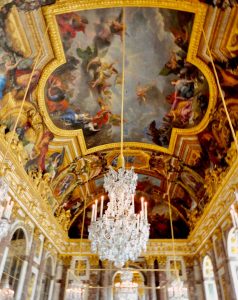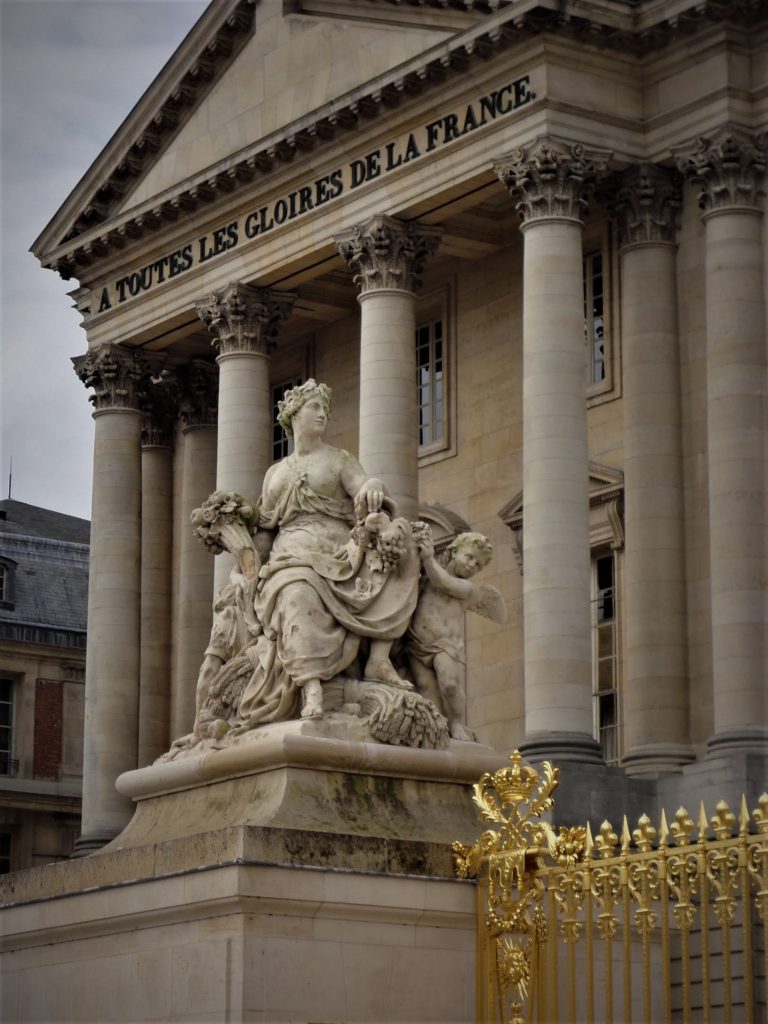Back in March, I debuted a small collection of cushion covers inspired by 18th-century France. You can see and purchase them by visiting my “Shop” page, which will direct you to my Etsy shop listings. Over the next few weeks, new blog posts will be devoted to telling the story of each of the pillow covers in the collection as part of a series I am calling “Pillow Talk.”
As a decorating service, the métier at Maison Dumar Interiors is the translation of 17th through early 20th century design movements to provide refinement and sophistication to contemporary spaces. As an individual, however, my particular interest over the past few months has focused especially on the design movements of France in the 1700s.

Among the reasons for this interest are the socio-political conditions of the time. France in the 1700s was undergoing a transformation. In our own time, it is not especially difficult for clever people to observe our modern struggles and draw some parallels. “History doesn’t repeat itself, but it rhymes,” goes a popular aphorism often attributed to Mark Twain. Well, if the grand social themes of the 18th century are not being repeated, they do seem to rhyme rather uncannily with the zeitgeist of today.
Yet while these themes may have sparked my interest in 18th-Century France, it was the visual culture that captivated it. After all, as a millennial, I had gone my entire life steeped in the all-encompassing ethe of modernism and post-modernism.
To the modern eyes of many consumers over the last 30 years, the late Baroque, Rococo, and Neoclassical styles could too easily be dismissed as outré and garish. Whether such reflexive responses can be considered sincere, however, is open to debate. After all, as I have stated before, modernism, as the dominant cultural regime it has become, is predicated on utopian idealism. Therefore, these older styles could categorically be rejected as an affront to such ideals.
Perhaps, though, it is less complicated. Maybe such rejections have no intellectual merit and are in fact visceral reactions rooted in envy of “rich people” and all of their trappings.
Regardless, I do believe that when viewed objectively, the visual culture of 18th century France is unquestionably beautiful. But for those who may not be convinced, then perhaps understanding will foster appreciation. It truly helps to understand what was happening in 18th-century France. What follows is a high-level overview.

From the mid-1600s, Louis IV had consolidated power in France to establish an absolute monarchy. Meanwhile, in England, a series of civil wars and political reforms had brought social transformations that would continue into the next century. While the seeds of English economic prosperity and political dominance began to bloom throughout the 1700’s, they would not fully flower until the 19th century, as the flames of the Industrial Revolution roared. But England’s time was still a ways off. From the turn of the 18th century, a number of wars between the continental European powers and England sought to keep French political dominance in check.
If France was the contested great political power of the 18th century, it was unquestionably the preeminent power when it came to the decorative arts.
The death of Louis XIV in 1715 was followed by the 7-year regency of the Duke of Orléans, as Louis XV had yet to reach maturity to become ruler of France. It was during this time that an adherence to classicism and the glorification of monarchical power, which had characterized the reign of the previous king, made way to the lightheartedness and gaiety, manifested as the Rococo movement, that came to characterize Louis XV’s reign.
Such frivolity could only be practiced, of course, by those without a care in the world. Indeed, of the hierarchical segments of French society at that time (the Three Estates) it was the nobility who was the most care-free. It was their disconnect from the concerns over the rest of their society that would ultimately lead to their downfall, but not before creating some of the most beautiful works of decorative art that persist to this day.
Over the coming few posts, I will highlight the pillows from my pillow collection, “Printemps à Versailles,” and how they reflect the historical story of 18th-Century France.
